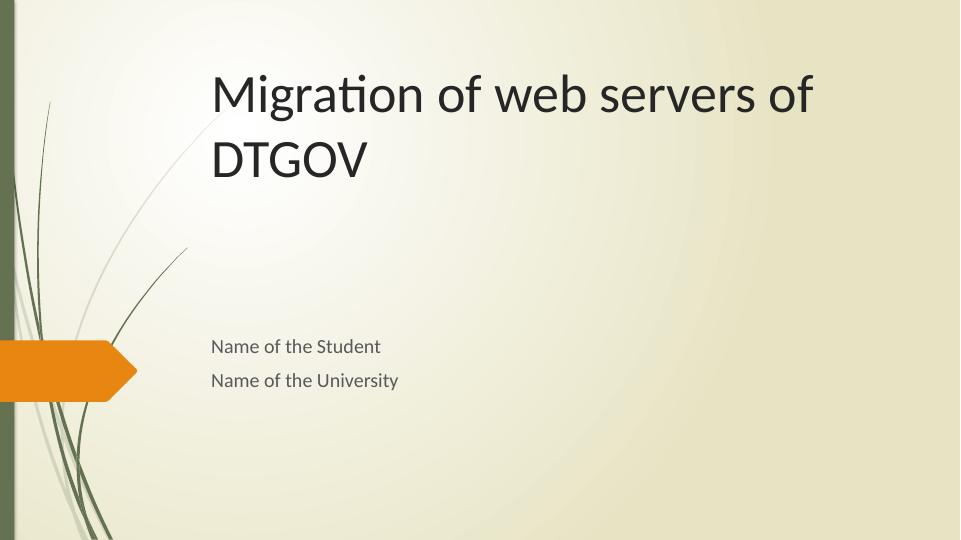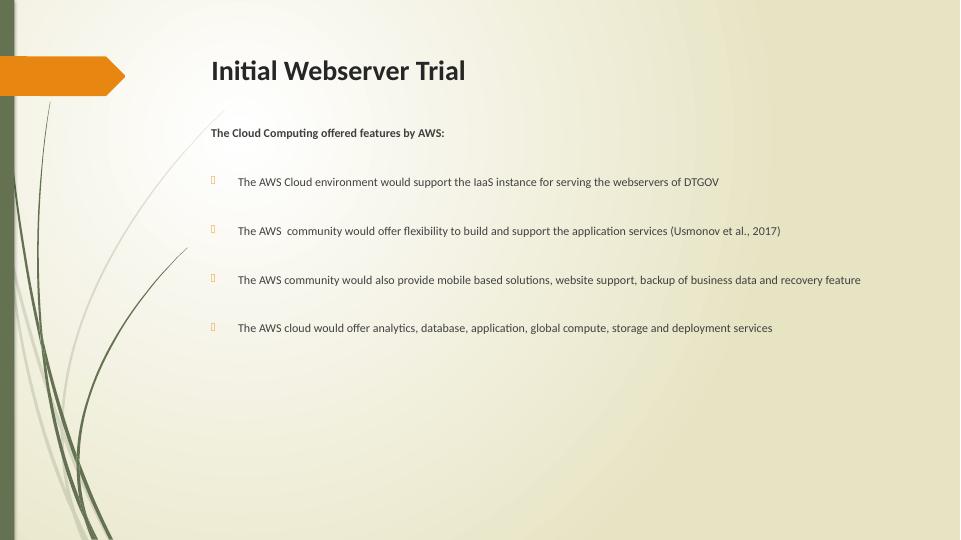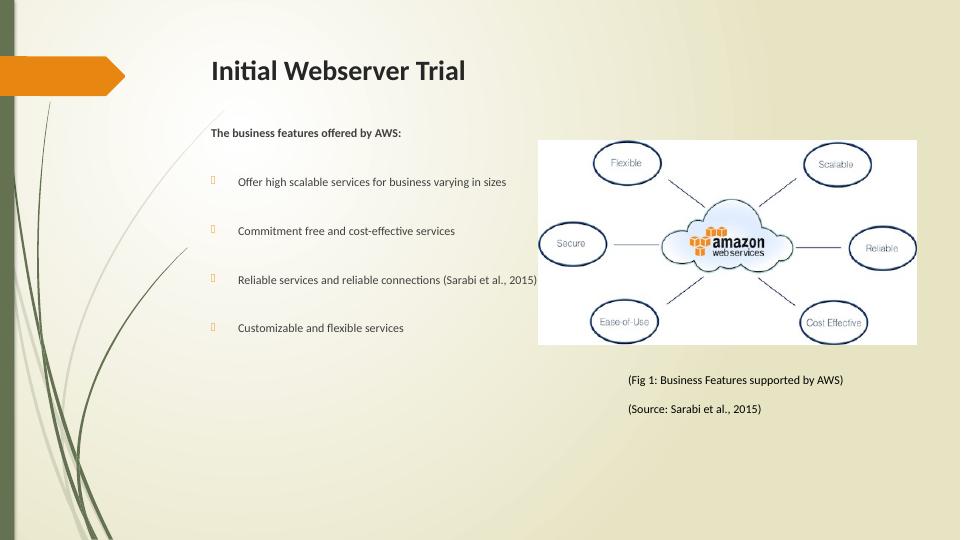Migration of Web Servers to AWS Cloud: Benefits and Implications
DTGOV is a public company that was created in the early 1980s by the Ministry of Social Security. The decentralization of the ministry’s IT operations to a public company under private law gave DTGOV an autonomous management structure with significant flexibility to govern and evolve its IT enterprise. At the time of its creation, DTGOV had approximately 1,000 employees, operational branches in 60 localities nationwide, and operated two mainframe-based data centers. Over time, DTGOV has expanded to more than 3,000 employees and branch offices in more than 300 localities, with three data centers running both mainframe and low-level
Added on 2023-04-21
About This Document
Migration of Web Servers to AWS Cloud: Benefits and Implications
DTGOV is a public company that was created in the early 1980s by the Ministry of Social Security. The decentralization of the ministry’s IT operations to a public company under private law gave DTGOV an autonomous management structure with significant flexibility to govern and evolve its IT enterprise. At the time of its creation, DTGOV had approximately 1,000 employees, operational branches in 60 localities nationwide, and operated two mainframe-based data centers. Over time, DTGOV has expanded to more than 3,000 employees and branch offices in more than 300 localities, with three data centers running both mainframe and low-level
Added on 2023-04-21
End of preview
Want to access all the pages? Upload your documents or become a member.




